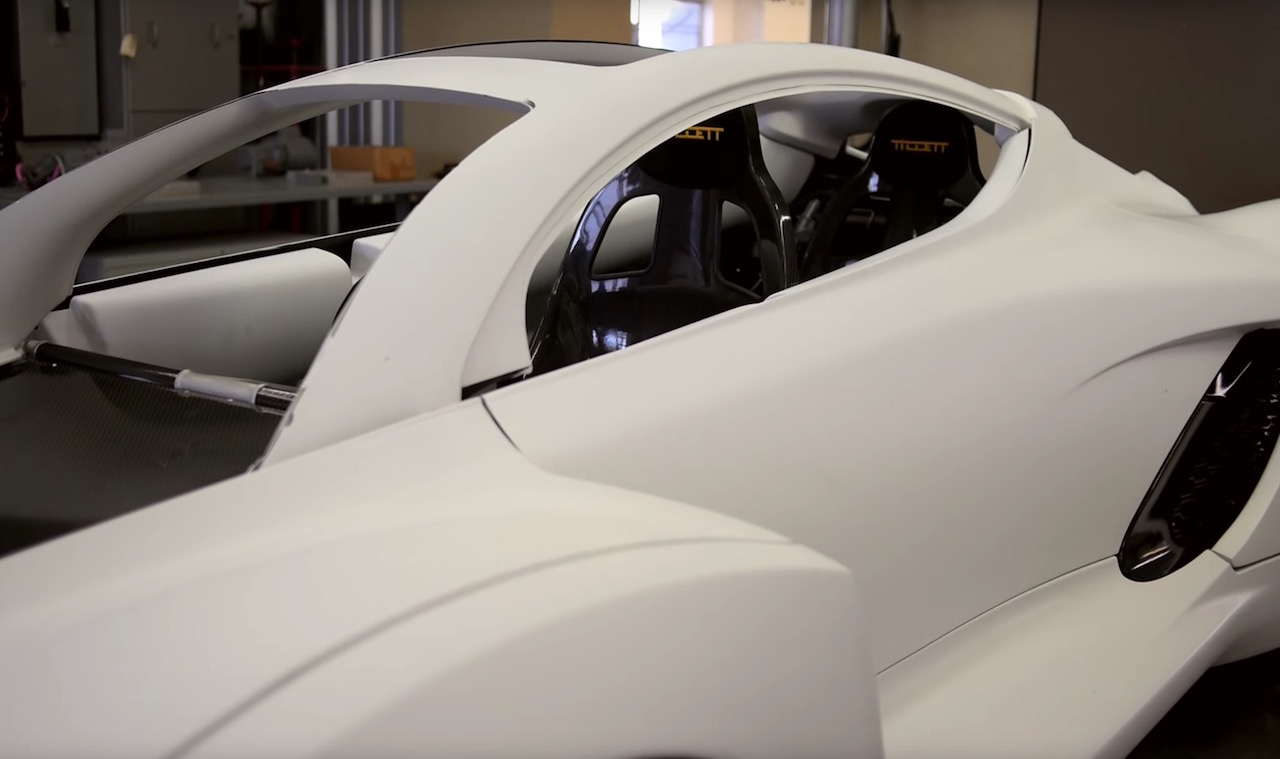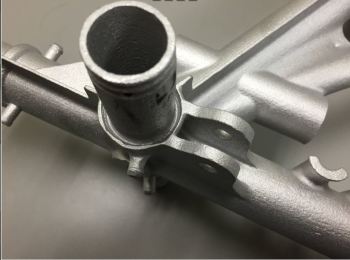
Kevin Czinger wants to completely change the way automobiles are built.
Looking at the automotive industry as a life cycle, he says that manufacturing generates much more pollution than a car’s tailpipe. Materials, capital, and energy aren’t currently used efficiently in the vehicle development process. His solution is Divergent Manufacturing, a company that wants to use 3D printing and simulation to build supercars.
This video is a promo piece for the Moonshot Project page, and shows Czinger with a backpack full of 3D printed ‘nodes’ and carbon fiber rods that his team assembles into a vehicle frame. The aluminum alloy nodes are 3D printed into complex shapes and the structure is built with fasteners. Making the interface simple and intuitive is the innovation that Divergent has tried to build into the assembly – by doing the structural and safety calculations before any parts are fabricated they hope to have a vehicle kit that anyone can build.

While a conventional chassis can weigh more than 1,000 pounds the frame shown in the video consists of 61 pounds of aluminum and 41 pounds of carbon fiber, but is more durable and stronger with less impact on the environment. Current estimate is that a Divergent Microfactory vehicle will generate one third of the health and environmental damage that a standard 85 kiloWatt hour electric car, and the goal is move that fraction down to one fourth.
Divergent’s long term vision is to build 10,000 vehicles a year, but a wider goal is to allow others to use their vehicle platform to make cars anywhere in the world. Building all the aluminum nodes in one manufacturing location could allow microfactories around the world to be built for $5 million.
Read more at ENGINEERING.com

